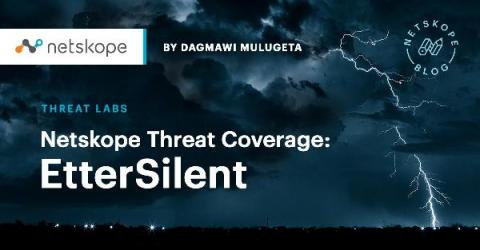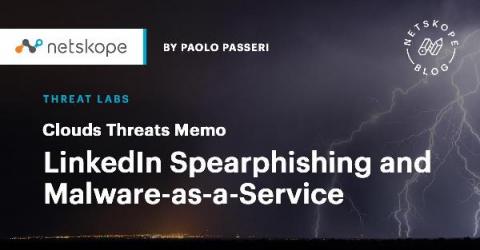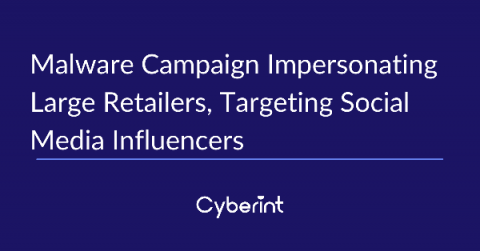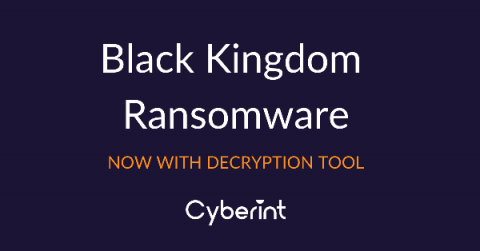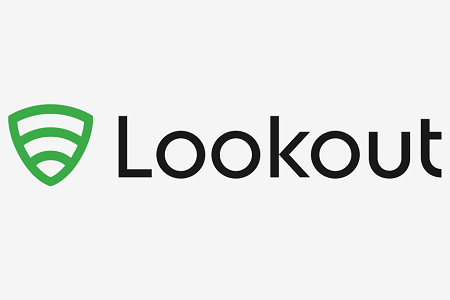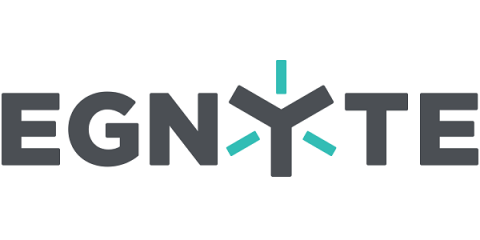Netskope Threat Coverage: EtterSilent
Intel 471 researchers have identified a new malicious document builder, dubbed “EtterSilent,” leveraged by various threat actor groups. One of the build options is a weaponized Microsoft Office document (maldoc) that uses malicious macros to download and execute an externally hosted payload. The maldocs pose as templates for DocuSign, a cloud-based electronic signature service.


